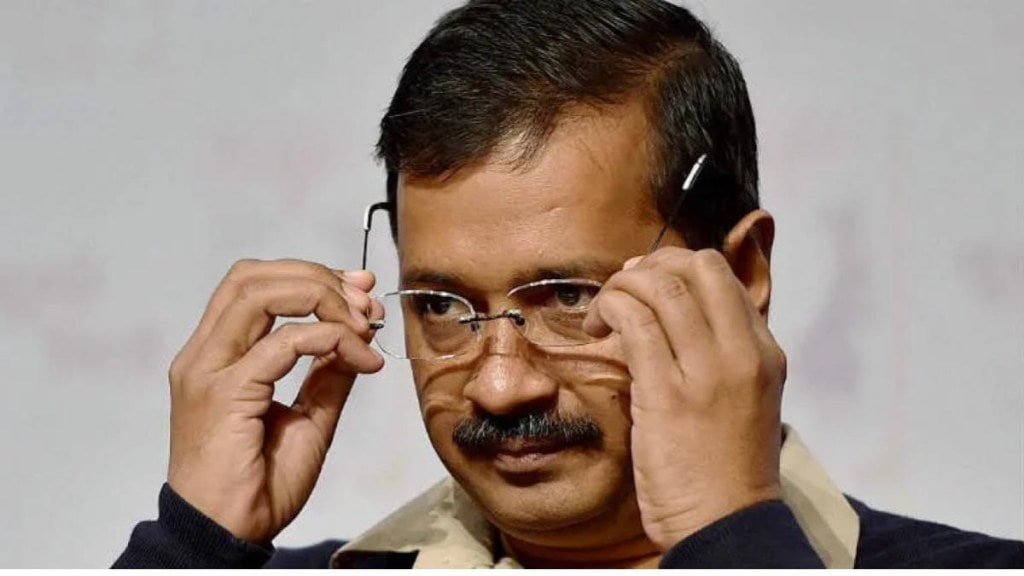Elections are all about perception and optics – as the Hindi saying goes “jo dikhta hai, woh bikta hai” (what can be seen is what sells). When the Aam Aadmi Party came to power in New Delhi in 2015, with an overwhelming majority, there was a sense of hope and freshness among Delhi’s voters, hoping for better governance. For 15 years, the capital city had seen rapid development in infrastructure between 1998 and 2013 under the Sheila Dikshit-led Congress government and did achieve a status befitting a national capital. However, allegations of corruption surrounding the Commonwealth Games 2010 and the subsequent national anti-corruption movement that emerged was the party’s undoing.
The Aam Aadmi Party (AAP) born out of the Anna Hazare anti-corruption movement wanted to take things to the next level with a squeaky-clean image. It promised a lower cost of living, clean water, free electricity, and better access to education and healthcare. It delivered on most of these in its first five-year term. However, to quote Spiderman, “with great power comes great responsibility.” In the second five-year term of the AAP government, it appears ambitions for more power got the better of it.
Here are five of the key reasons it lost, from a voter’s perspective.
Blame game
Former Delhi Chief Minister Arvind Kejriwal has been engaged in a long battle with the BJP-led centre, alleging that he was being prevented from carrying out development by the Lieutenant Governor of Delhi and that Delhi Police, being under the control of the centre, was not allowing him to set law and order right in the city. He also alleged that the Municipal Corporation of Delhi (MCD) which was under the BJP until 2022 was not cooperating with the AAP government. In 2022, the AAP won the MCD polls, which should have changed things on the ground. The voter was looking for better roads, efficient garbage collection and better drainage systems. From 2022 to 2025, there has been very little noticeable development or change from a voter’s perspective. When it came to air pollution, the chief minister blamed neighbouring Punjab and Haryana for crop burning causing pollution. The AAP won the Punjab polls in 2022 but still failed to put a stop to the crop burning.
Also read: Delhi Election 2025 results: 4 factors why AAP failed to deliver
No visible development
The AAP had promised better water, electricity, healthcare and transportation facilities. It had promised to clean up the Yamuna River. While there was some noise around new sewage treatment plants being built and effluent drainage being stopped, the development was slow, and not noticeable. Floods in Delhi during the rainy season and leaking sewage on the roads are quite noticeable. Most of the capital’s roads were not resurfaced or repaired. Road signage is in disrepair. Garbage is piling up. While some work was done on footpaths in some areas, none of it made any visible difference. Even the ‘mohalla clinics’ and healthcare facilities which did make a significant difference in AAP’s first five-year term, did not improve. The result – voters perceived that the party had not delivered.
Perception of corruption
Without getting into the politics behind the allegations of corruption behind several leaders of the Aam Aadmi Party, the perception of corruption, whether proven or not, has hurt the party. The chief minister was in jail, the deputy chief minister was in jail, and the health minister was in jail all on different charges of corruption, whether in the so-called liquor scam or on allegations of money laundering. Whether politically motivated or not, perception in the eyes of the voter matters. The image of a squeaky-clean party was tarnished, and that would have influenced the Delhi voters. To add to this, several AAP MLA’s switched sides and joined the BJP.
Promises are no longer unique
While the AAP government had implemented some unique schemes which reduced the electricity bills and water bills of Delhi residents and offered free bus rides to women, these promises are no longer unique. The BJP, in its manifesto, has promised continuity in these policies. Many other state governments have taken a leaf out of the AAP handbook and implemented similar schemes in their states. What was once a unique poll plank for the party is no longer unique.
The Union Budget
The last nail in the coffin for the Aam Aadmi Party was the Union Budget. The cost of living of the middle class had gone up considerably. The household budget was under pressure. Nirmala Sitharaman’s move of excluding income up to Rs 12 lakh per annum from income tax put more money in the hands of consumers, which would have influenced the Delhi voters as well. Could a “double engine” government of BJP at the centre and in the state improve the livelihood of Delhiites? The Delhi voter has voted for change and it’s now up to the BJP to deliver.

